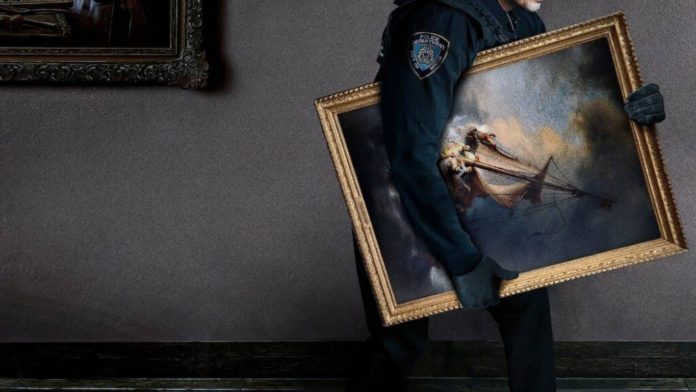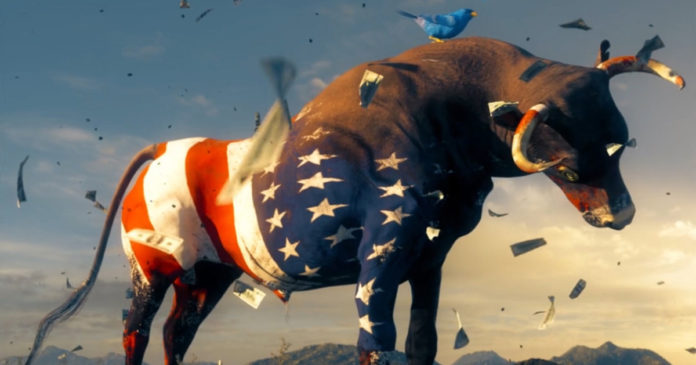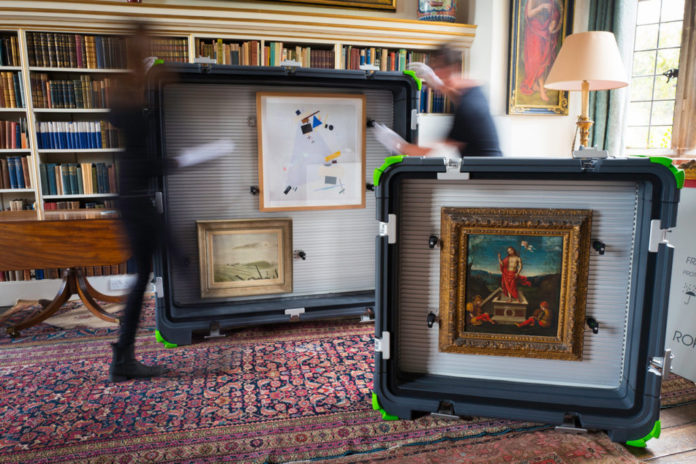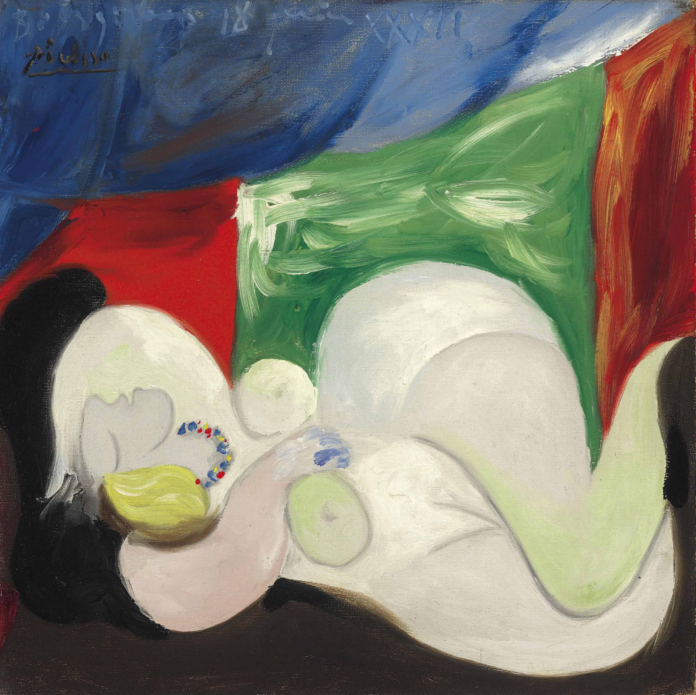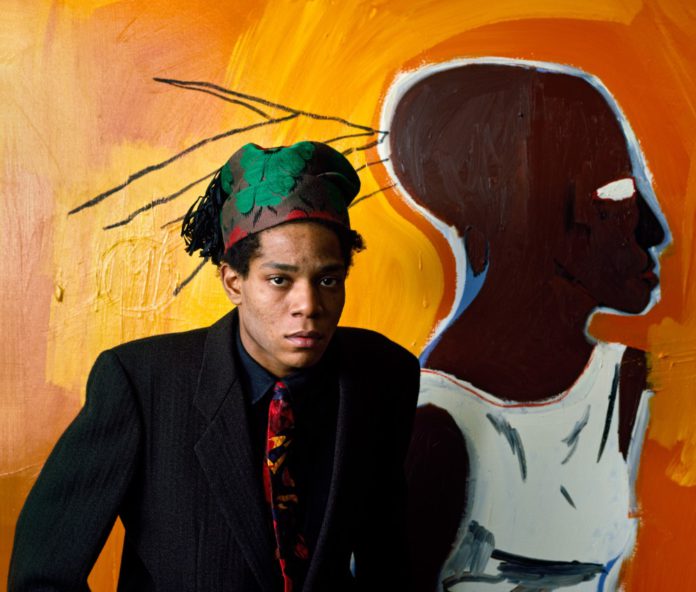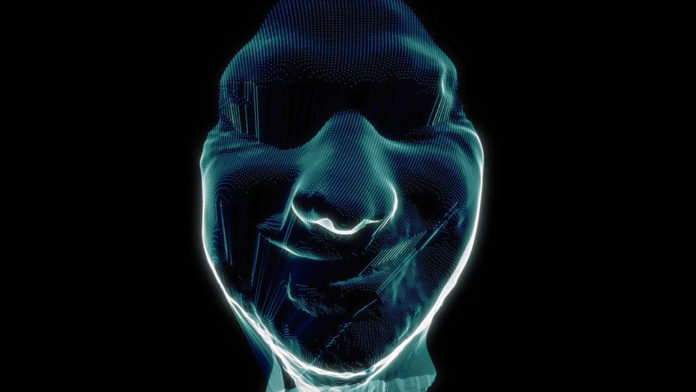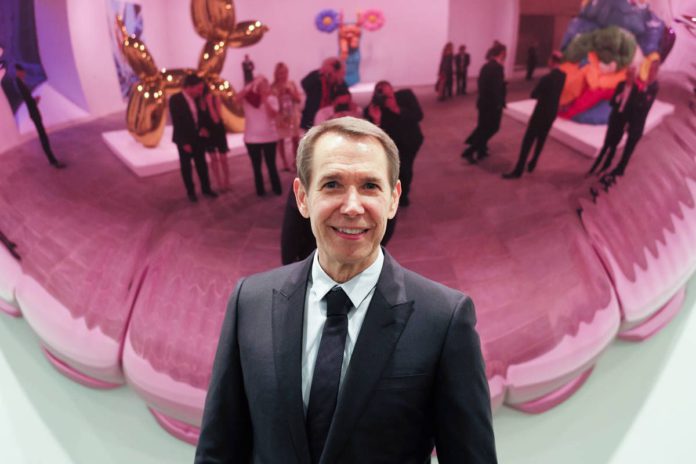The NFT between physical and digital sold by Christie’s
This is “Block 21”, a work sold in 2020. Let’s find out together!
Before the revolutionary auction that featured the purely digital work Everydays: the first 5000 days by the artist Beeple, Christie’s had already given way to Crypto Art, selling in 2020 a work that is half physical and half NFT.
It is Block 21 (42.36433 ° N, -71.26189 ° E), created by Benjamin Gentilli as part of his artistic project Robert Alice and which is part of the Portraits of a Mind series, a corpus of 40 circular panels where they are exactly engraved 322,048 digits of the original code of Satoshi Nakamoto’s Bitcoin (BTC) cryptocurrency.
“The work is a symbolic expression of Satoshi’s vision, forged by the very code that underlies it all. Portraits of a Mind explores the multifaceted identities of Satoshi Nakamoto, reflecting in turn on the nature of both identity and portraiture in a decentralized era” says the artist.
Block 21 was sold by Christie’s for $ 131,250 during the postwar and contemporary auction in collaboration with the Async platform, and is one of the first NFT works to sell for such a high price.
The artist plays with the ideas of time and space, exploring the relationship between digital and physical media. In fact, the work consists of two parts: the material one and the NFT one. The latter changes from day to night, depending on the time zone and location of its physical counterpart. The work, currently set to the New York time zone, was decentralized in over 14 cities around the world, from San Francisco to Tokyo, and took more than 3 years to complete.
Among the collectors who already in 2020 decided to invest in the NFT works market we find Jehan Chu, Founder of Kenetic, an investment company focused on digital assets. Last month the entrepreneur expressed his opinion on the Crypto Art phenomenon during the webinar held by Christie’s, stating that it is a real opportunity to make the art market more open and inclusive. Despite this, he did not hide his concern towards environmental issues, recognizing the strong impact that the creation of NFT works generates by consuming a lot of energy, but according to Chu technology will be able to solve this problem too.
Photo Credits: Robert Alice, Block 21 (42.36433° N, -71.26189° E), courtesy of Christie’s




